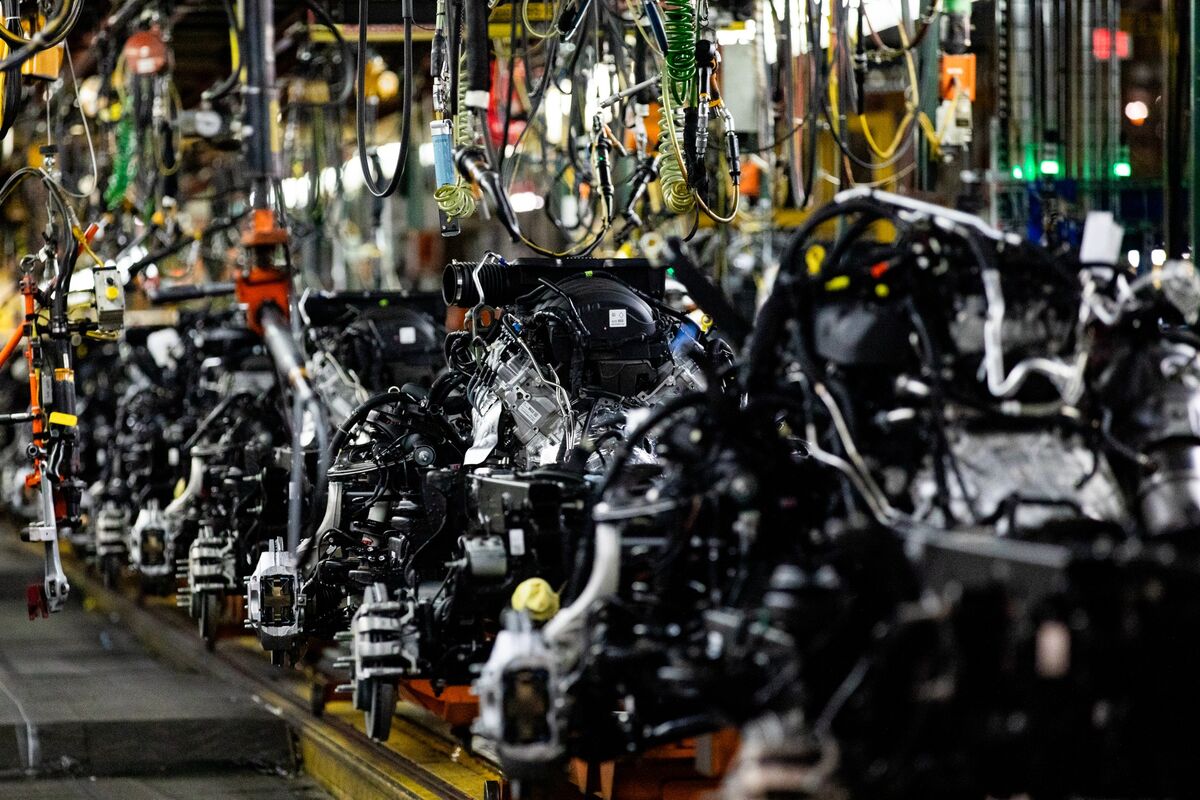Trump, Japan, and Auto Safety: A New Deal?
The relationship between the United States and Japan has long been complex, marked by periods of intense cooperation and significant friction. Nowhere is this more apparent than in the realm of trade, particularly concerning the automotive industry. Donald Trump's presidency brought this tension to a head, resulting in significant policy shifts that continue to shape the landscape of auto safety and trade relations between the two nations. This article delves into the intricacies of this relationship, exploring the impact of Trump's policies and analyzing the potential for a "new deal" in auto safety standards.
Trump's Trade Policies and Their Impact on Japan
Trump's "America First" agenda heavily emphasized protectionist trade policies. He levied tariffs on imported steel and aluminum, directly impacting Japan, a major exporter of these materials. Furthermore, his administration initiated trade disputes, threatening tariffs on Japanese automobiles unless concessions were made. This pressure led to negotiations resulting in agreements that, while lauded by some as beneficial, remain a subject of considerable debate.
Tariffs and Their Ripple Effect:
The tariffs imposed by the Trump administration had a significant ripple effect throughout the automotive industry. Japanese automakers, established players in the US market, faced increased production costs, forcing them to adapt their pricing strategies and potentially impacting their competitiveness. These adjustments, in turn, affected consumers and the broader US economy.
The impact went beyond simple pricing: The uncertainty generated by the trade disputes led to hesitancy in investment and expansion plans by Japanese automakers in the US, affecting job creation and economic growth.
Auto Safety Standards: A Point of Convergence?
While trade negotiations often dominated the headlines, underlying tensions also revolved around auto safety standards. While both the US and Japan maintain high standards, there are subtle differences in regulatory approaches and testing methodologies. Trump's administration, while focused on trade, also showed an interest in ensuring robust safety standards in the US market.
Harmonizing Standards: A Necessary Step?
The potential for greater harmonization of auto safety standards between the US and Japan remains a significant area for future collaboration. This would not only streamline the regulatory process for automakers but also ensure a higher level of safety for consumers in both countries. However, achieving this requires navigating complex technical issues and differing regulatory philosophies.
Challenges to Harmonization: Differences in crash testing protocols and regulatory frameworks present substantial hurdles. Overcoming these requires extensive technical dialogue and compromise between regulatory bodies in both nations.
A "New Deal" in Auto Safety? Looking Ahead
The legacy of the Trump administration's trade policies on US-Japan relations remains complex and multifaceted. While some aspects might be viewed positively, others continue to generate debate. A "new deal" in auto safety could potentially build upon existing cooperation while addressing past challenges. This requires a commitment from both governments to engage in constructive dialogue and find common ground on regulatory harmonization.
Potential Areas for Cooperation:
- Joint research and development: Collaborative efforts on advanced safety technologies, such as autonomous driving systems, could accelerate innovation and benefit both countries.
- Data sharing and analysis: Pooling crash data and related information could provide valuable insights for improving safety standards.
- Strengthening regulatory dialogue: Establishing a formal mechanism for regular consultation between US and Japanese regulatory agencies is crucial for promoting greater understanding and facilitating cooperation.
The path forward requires a pragmatic approach that acknowledges the complexities of trade and regulatory differences while prioritizing the overarching goal of enhancing auto safety for all. The possibility of a "new deal" in this context is not merely a political aspiration but a tangible opportunity to strengthen the US-Japan relationship and improve consumer safety on a global scale. The future will tell whether this potential is realized.
